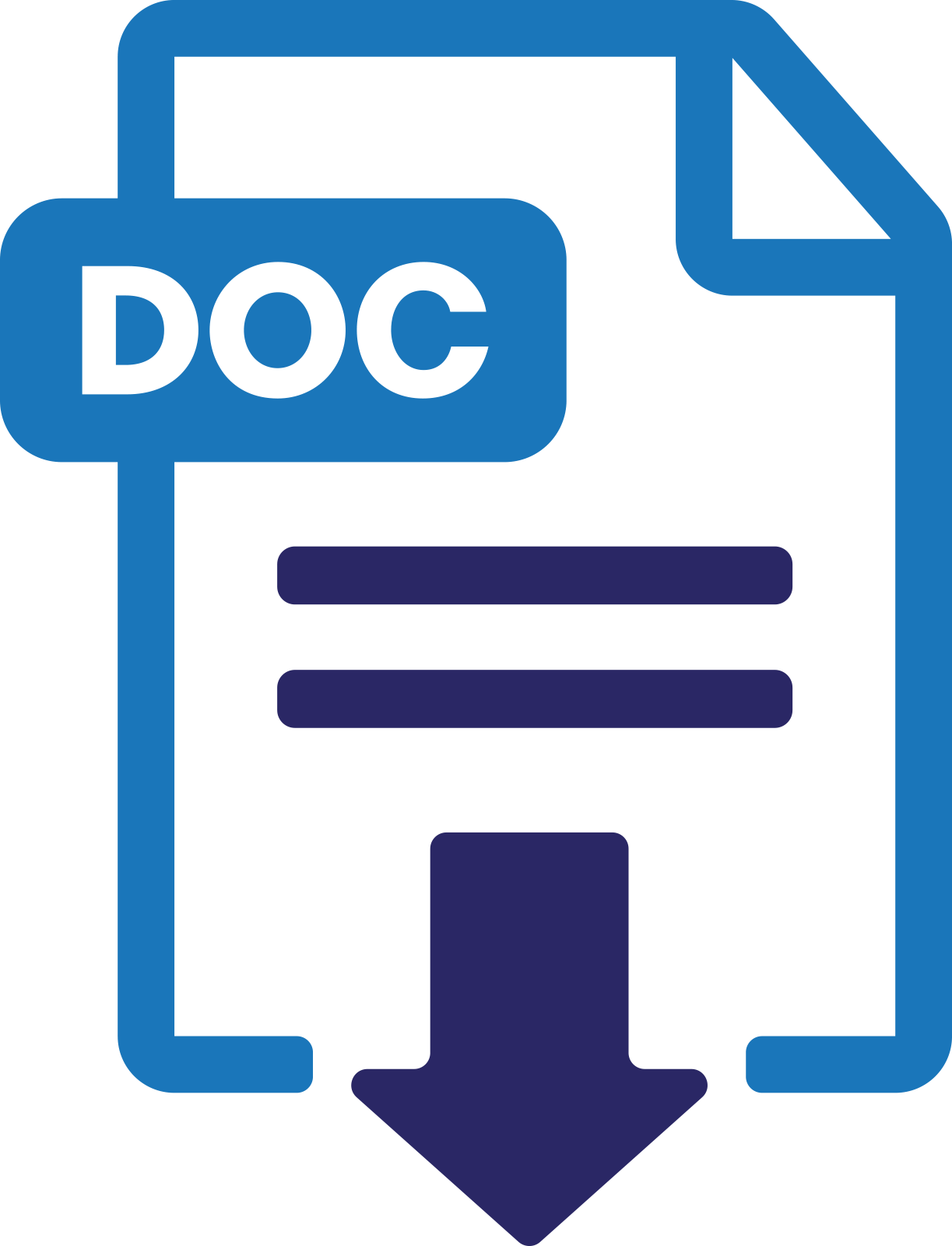Synthesis and Characterization of LiBOB Material as An Electrolyte
Abstract
Inside battery, the electrolyte becomes a very important electrochemical device. The electrolyte functions as a transfer medium for Li ions in the battery. One of the salts that can cover the deficiency of LiPF6 as an electrolyte material that is currently widely used is LiBOB ( Lithium BisBorate ) salt material. Lithium bis (oxalato) borate material is a new lithium salt which was first introduced in 1999 by Xu et al [4], which is currently being developed as a replacement electrolyte for lithium ion batteries. LiBOB is a promising electrolyte material regarding battery safety since judging from the potential for excess salt supported by previous research, LiBOB can be the answer to the problem of using electrolytes that are not environmentally friendly. The synthesis of LiBOB refers to Wigayati (2018) [2] which was modified by replacing the LiOH material with Li2CO3. The ingredients lithium carbonate, boric acid and oxalic acid were prepared first with weigh and mix based on molar ratio 1 : 2 : 5. The synthesis was carried out by the solid state reaction method. Crystals were characterized by FTIR, SEM-EDX, XRD and AAS. From the results of the SEM test, it was found that the LiBOB particles had spherical and cylindrical shapes, and there were Na impurities due to the raw material H3BO3. In the XRD test it was found that the LiBOB hydrate phase matched at 2-theta 23.7641°, 20.1454° and 19.438°. As well as the LiBOB phase matched at 2-theta 19.438°, 23.4669° and 27.1796°. The FTIR test results found the same wave as the Wigayati reference chart. In the AAS test, it was found that Na and Li metals were contained in the synthesis sample.
Full Text:
PDFDOI: https://doi.org/10.20961/esta.v3i1.73900
Refbacks
- There are currently no refbacks.



